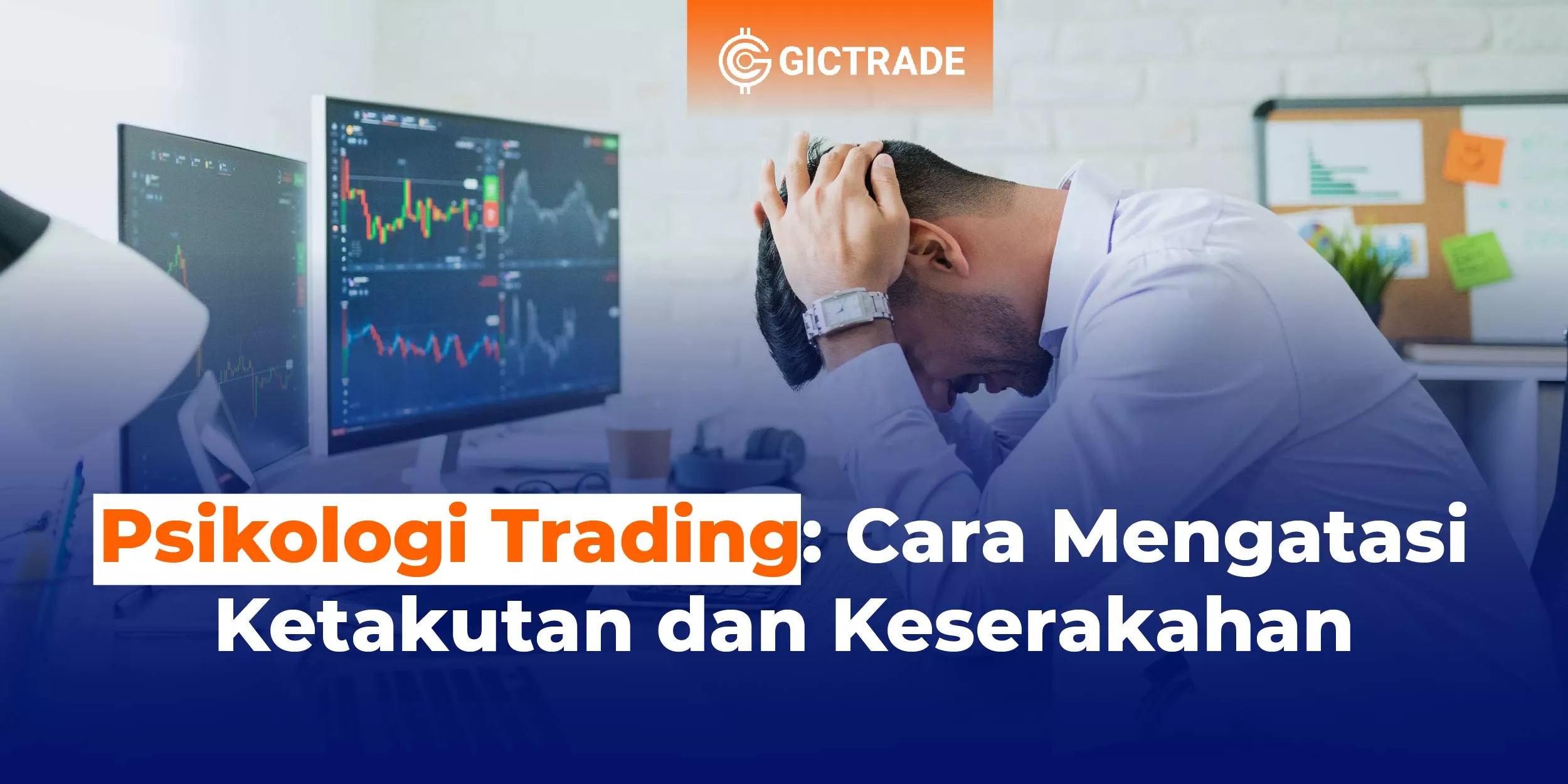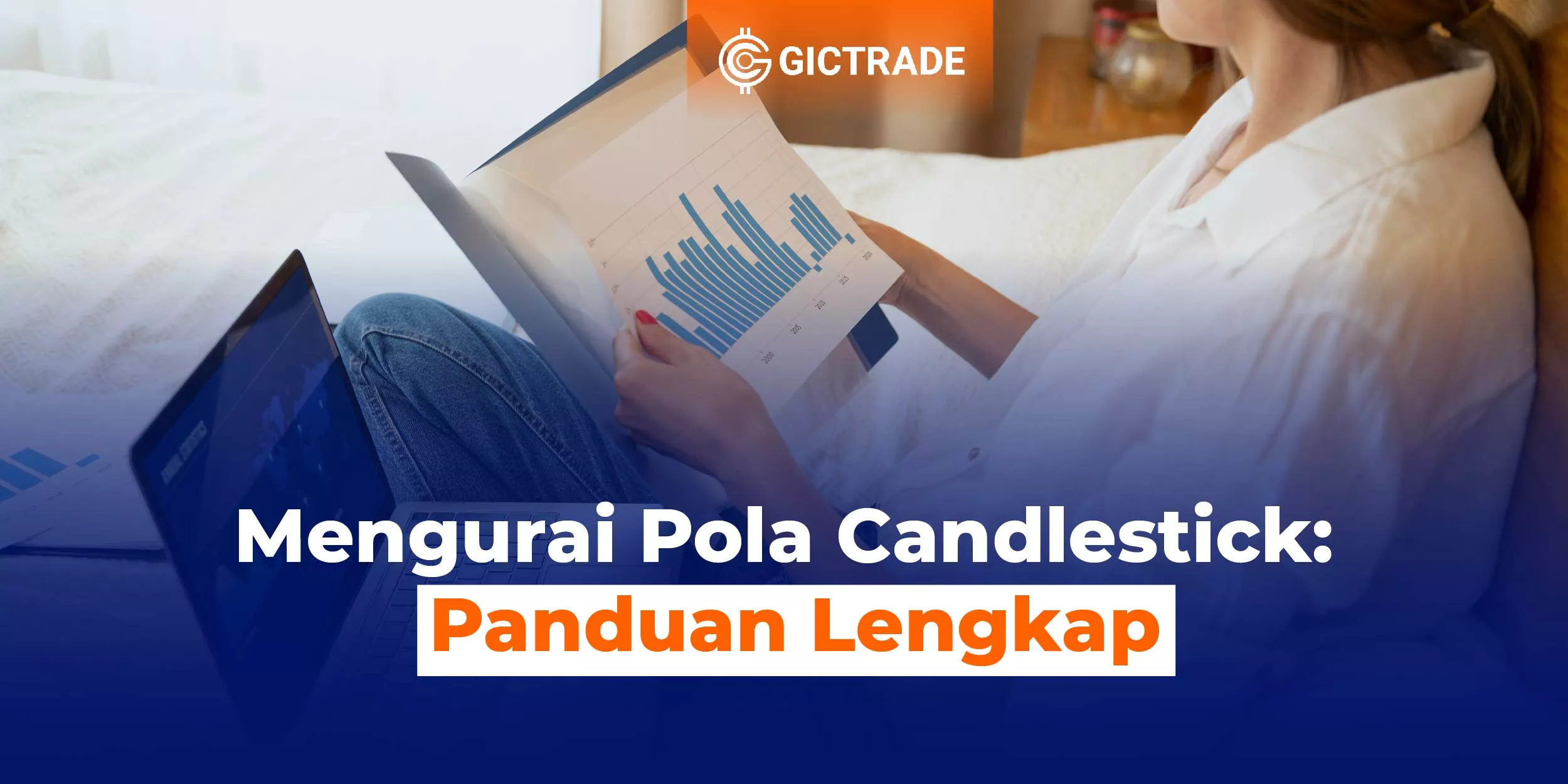Commodity trading is a form of trading in the financial market known as commodity investing. Commodity investment is an investment made in luggage of natural origin such as raw materials, agricultural products, or mining materials. Commodities traded can be precious metals such as gold, silver, or copper, petroleum, natural gas, or agricultural commodities such as coffee, wheat, or sugar.
Table of Contents
.webp)
A Guide to Commodity Trading for Beginners
Commodity trading offers high profit potential but also carries equally high risks. Commodity prices can fluctuate rapidly due to global market conditions, politics, weather, and other factors affecting supply and demand.
Therefore, before starting commodity trading, it's essential to understand the associated risks and strategies for managing them. The aim of this article is to provide a basic understanding of commodity trading, related risks, and strategies to maximize potential profits while minimizing risks for readers interested in beginning commodity trading. By reading this article, readers are expected to grasp the fundamentals of commodity trading and start trading with greater confidence and awareness.
Basic Understanding of Commodity Trading
Commodity trading is the buying and selling of commodities on the commodity market. Commodities traded can include precious metals, oil, natural gas, or agricultural goods. Commodity prices are influenced by factors such as global supply and demand, production, weather, politics, and more.
Commodity trading is done through futures contracts, where buyers and sellers agree to transact at a specified price and time in the future. Futures contracts are generally traded on organized exchanges and regulated by the government.
There are two types of futures contracts: physical contracts and financial futures contracts. Physical contracts require delivery of the traded commodity at a set time, while financial futures contracts only require payment of the difference between the buy and sell price at a specific time in the future.
Commodity trading can be done by individuals as well as financial institutions like banks, insurance companies, or hedge funds. Through commodity trading, investors can profit from rising commodity prices or hedge against risks associated with price fluctuations.
Factors Influencing Commodity Prices
Commodity prices are influenced by various internal and external factors. Some of these include:
Global Supply and Demand
Global supply and demand can impact commodity prices. If demand rises and supply decreases, prices tend to go up. Conversely, if demand falls and supply increases, prices usually drop.
Production
Low production of a commodity can cause prices to rise, while high production can lead to lower prices. Production levels can be influenced by factors like weather, harvest seasons, and technology.
Global Economic Conditions
The global economy also affects commodity prices. When the global economy improves, demand generally increases, pushing prices up. Conversely, when the economy slows, demand decreases, leading to lower prices.
Political Conditions
Political conditions in commodity-producing countries can also impact prices. For example, if there is a conflict in an oil-producing country, oil prices tend to rise.
Currency Exchange Rates
Commodity prices are also affected by currency exchange rates. If a country’s currency weakens, the price of its commodities may increase.
Understanding these factors can help investors analyze and make better investment decisions.
How to Read Price Charts
To become a successful commodity trader, it is important to read and understand price charts accurately. Key elements to consider when reading price charts include:
Timeframe
The timeframe is the period used on the price chart. Each timeframe serves different trading goals. For example, short-term traders often use daily or even intraday timeframes, while long-term traders might use weekly or monthly timeframes.
Candlestick
Candlestick charts are the most common type of price chart used by traders. A candlestick shows price movements over a specified period using a candle image. Each candlestick has a body and shadows. The body represents the difference between the opening and closing prices in that time period, while the shadows represent the maximum and minimum price movements within that period.
Technical Indicators
Technical indicators are analytical tools that help traders read price charts. There are many types of technical indicators, such as Moving Average, Relative Strength Index (RSI), and MACD. However, the choice of indicators should be tailored to the trading strategy being used.
By understanding the factors influencing commodity prices and learning to read price charts accurately, traders can make better trading decisions and maximize profit potential.
Effective Commodity Trading Strategies
In commodity trading, several strategies can be applied to increase profit opportunities. Some effective commodity trading strategies include:
- Following Market Trends: One of the most common strategies in commodity trading is to follow market trends. Here, traders seek out current price trends and attempt to capitalize on them by opening profitable buy or sell positions.
- Using Technical Analysis: Technical analysis is one of the most commonly used methods in commodity trading. Traders analyze price charts and technical indicators to identify market trends and momentum.
- Applying Fundamental Analysis: Another way to analyze the commodity market is through fundamental analysis. Traders examine fundamental factors such as production, demand, and weather to spot potential trading opportunities.
- Implementing Good Risk Management: Risk management is key to success in commodity trading. Traders must understand the risks associated with commodity trading and take steps to minimize them.
- Diversifying the Portfolio: Portfolio diversification is an effective way to reduce risk in commodity trading. Here, traders allocate their capital across several commodities and other assets to lower risk.
By implementing effective trading strategies, traders can increase their chances of profitability in commodity trading. However, it's important to remember that commodity trading involves high risks, and traders should always use good risk management practices.
Tips and Tricks for Commodity Trading
Here are some tips and tricks that can be helpful in commodity trading:
- Perform Fundamental Analysis: Before trading, be sure to conduct fundamental analysis on the commodity you intend to trade. Factors such as production, demand, and government policies can impact commodity prices.
- Monitor Price Charts: Price charts can provide valuable information on commodity price trends. Pay attention to both short- and long-term trends, as well as support and resistance levels.
- Choose a Trading Strategy: There are various trading strategies that can be used in commodity trading, such as swing trading, day trading, or position trading. Select a strategy that aligns with your risk profile and trading preferences.
- Manage Risk Effectively: Commodity trading is a high-risk investment. Therefore, be sure to manage risk well by considering position size, using stop losses, and applying capital management.
- Stay Consistent: Consistency is key in commodity trading. Set realistic profit and loss targets and maintain discipline in following the trading strategy you've established.
By following these tips and tricks, you can potentially improve your commodity trading results. However, it’s essential to remember that commodity trading remains a high-risk investment and should be approached wisely.
Risk in Commodity Trading and How to Avoid Them
No investment is risk-free, including commodity trading. As a trader, it’s essential to understand the potential risks and how to avoid them. Some risks in commodity trading include:
- Price Risk: Commodity prices can be highly volatile and may fluctuate dramatically in a short period, leading to significant losses for traders.
- Credit Risk: Credit risk occurs when a debtor fails to fulfill their obligations. In commodity trading, credit risk can arise when the buyer or seller is unable to pay or deliver the commodity.
- Operational Risk: Operational risk is related to human errors, system failures, or operational process issues, such as incorrect data input or processing errors.
To avoid these risks, traders can take the following steps:
- Conduct thorough research and analysis before trading to understand potential risks and opportunities.
- Develop a clear and disciplined trading plan to avoid impulsive actions.
- Set appropriate stop-loss limits to minimize losses.
- Use automated trading technology and systems to reduce operational risks.
- Choose a reputable and licensed broker to avoid credit risk.
By understanding the risks involved in commodity trading and taking steps to mitigate them, traders can increase their chances of success in the commodity market.
Read Also :
Conclusion
In commodity trading, it's essential to understand the factors that influence prices and how to read price charts. Additionally, effective trading strategies and tips can help maximize profits. However, keep in mind that commodity trading also carries risks, and applying proper risk management is crucial to avoid unnecessary losses. By understanding all these aspects, we can achieve consistent profits and avoid unwanted risks.
References:
"Commodities: Definition, Types, and Factors Influencing Prices." www.seputarforex.com. Accessed March 27, 2023.
"How to Read Trading Charts for Beginners." www.sekolahforex.com. Accessed March 27, 2023.
"Tips and Tricks for Commodity Trading." www.infoforex.org. Accessed March 27, 2023.
"Risk Management in Commodity Trading." www.tradingcoach.id. Accessed March 27, 2023.
 Last:
Last: 






